Learning how to make chickpea flour is much easier than you may think! Even though it sounds like a big task, rest assured, you can prepare it in less than 2 minutes. In this simple guide, I’ll outline everything you need to know, including some fun recipe ideas!
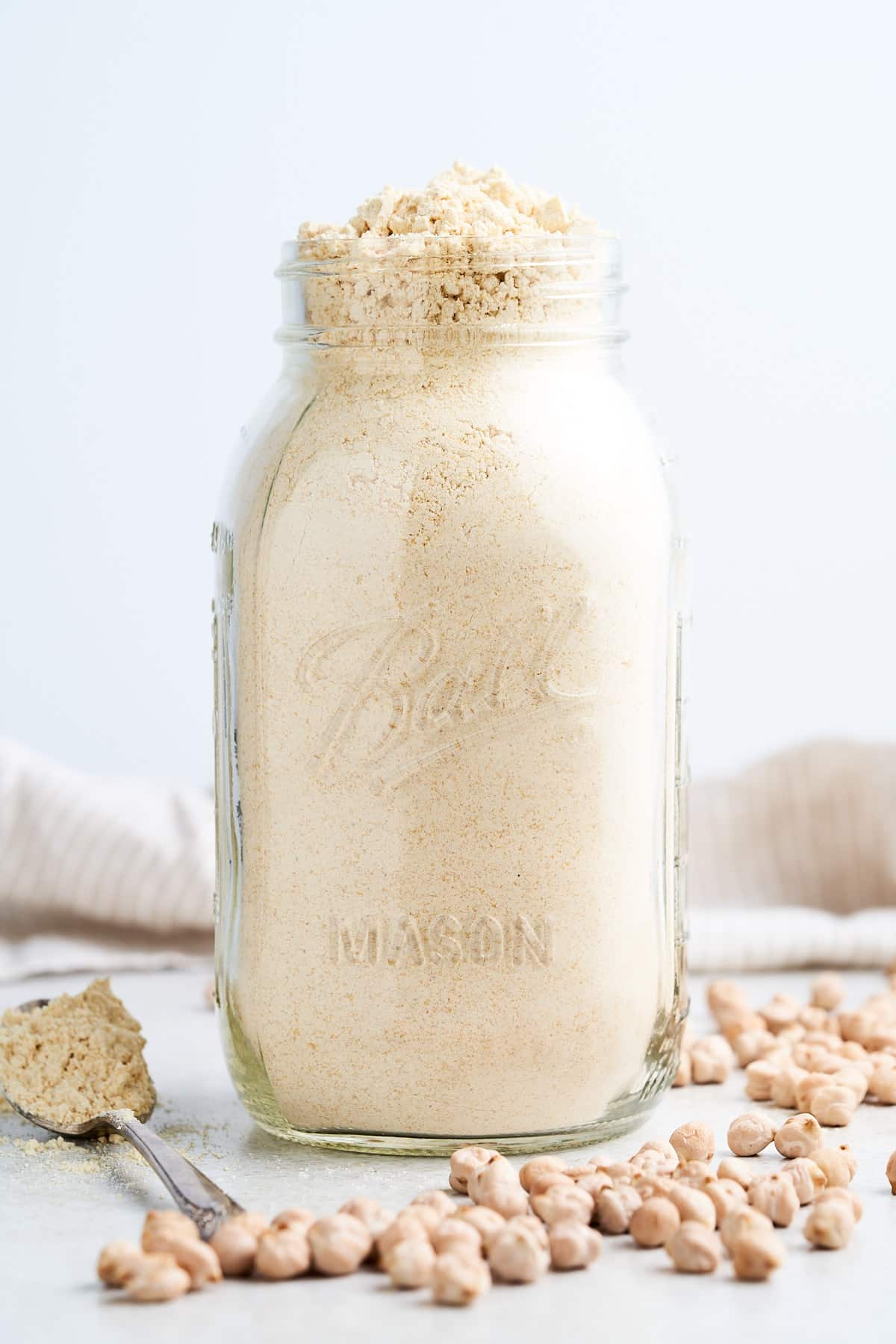
What Exactly is Chickpea Flour?
Put simply, chickpea flour is just flour made from nutritious chickpeas! You may hear it called gram flour or besan, but in essence, it’s the same as any old flour like rice, wheat, or rye.
It’s extremely popular in Bangladeshi, Pakistani, and Indian cuisines and used in recipes like flatbread and even some desserts. In more recent years, it’s gained popularity in Western cuisines for unique vegetarian and vegan creations like seitan.
Chickpea flour is not only less refined than all-purpose flour, but it’s also packed with protein, fiber, and other nutrients. Plus, it’s so easy to make at home! You just need a bag of dried chickpeas and a blender.
One quick note before we start. Like all flour, it’s important to treat (cook) chickpea flour before eating it to ensure you’ve removed all possible contaminants. With that out of the way, let’s learn how to make chickpea flour!
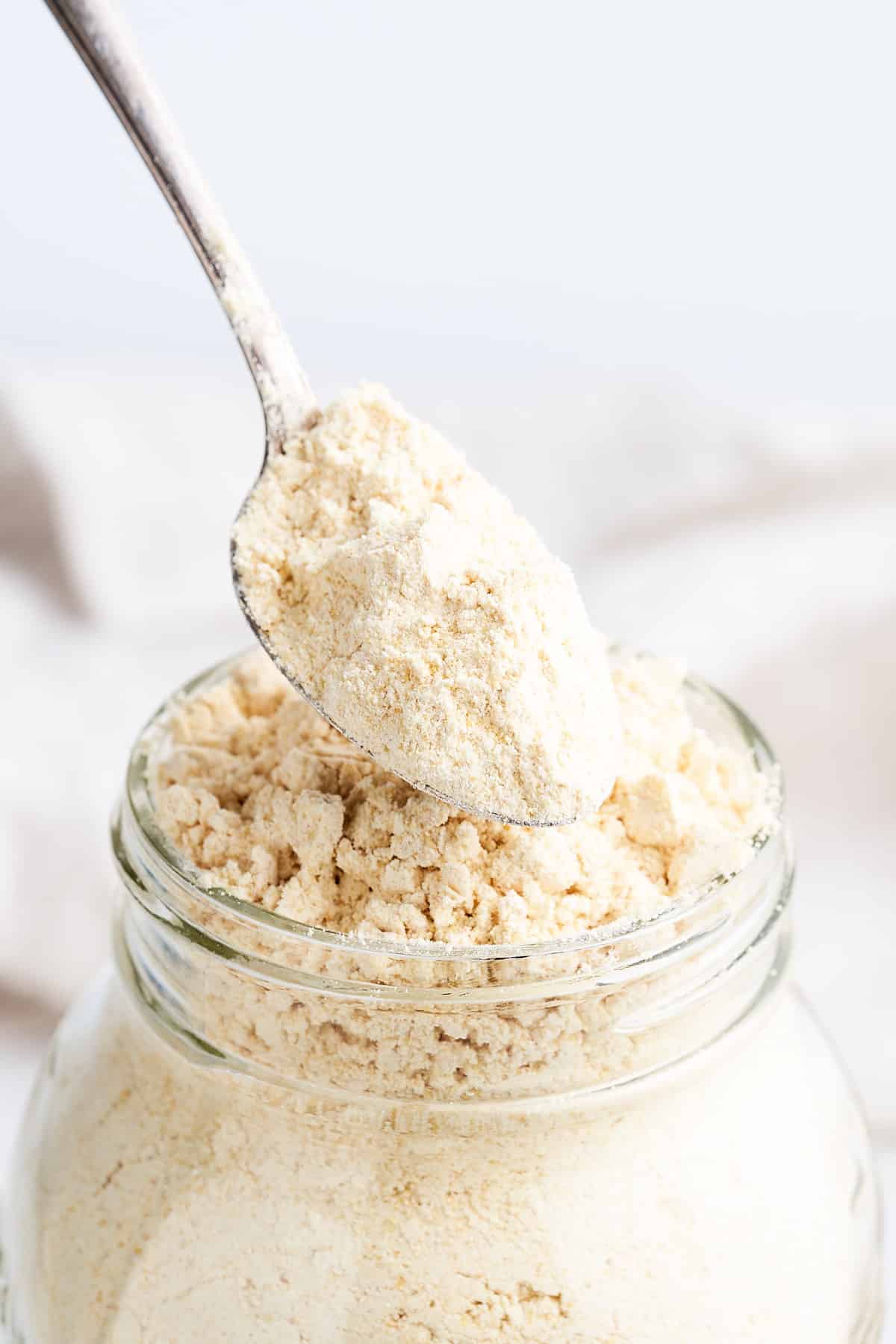
How to Make Chickpea Flour
Before you start, you’ll just need to grab a bag of dry chickpeas and make sure you’re blender is in working condition. There is no need to soak or cook them beforehand (that comes later).
Step 1: Grind
Add the chickpeas to a high-speed blender or food processor. Blend them for about 2 minutes until you have a fine powder. You may have to pause throughout to stir to make sure all the chickpeas are evenly ground.
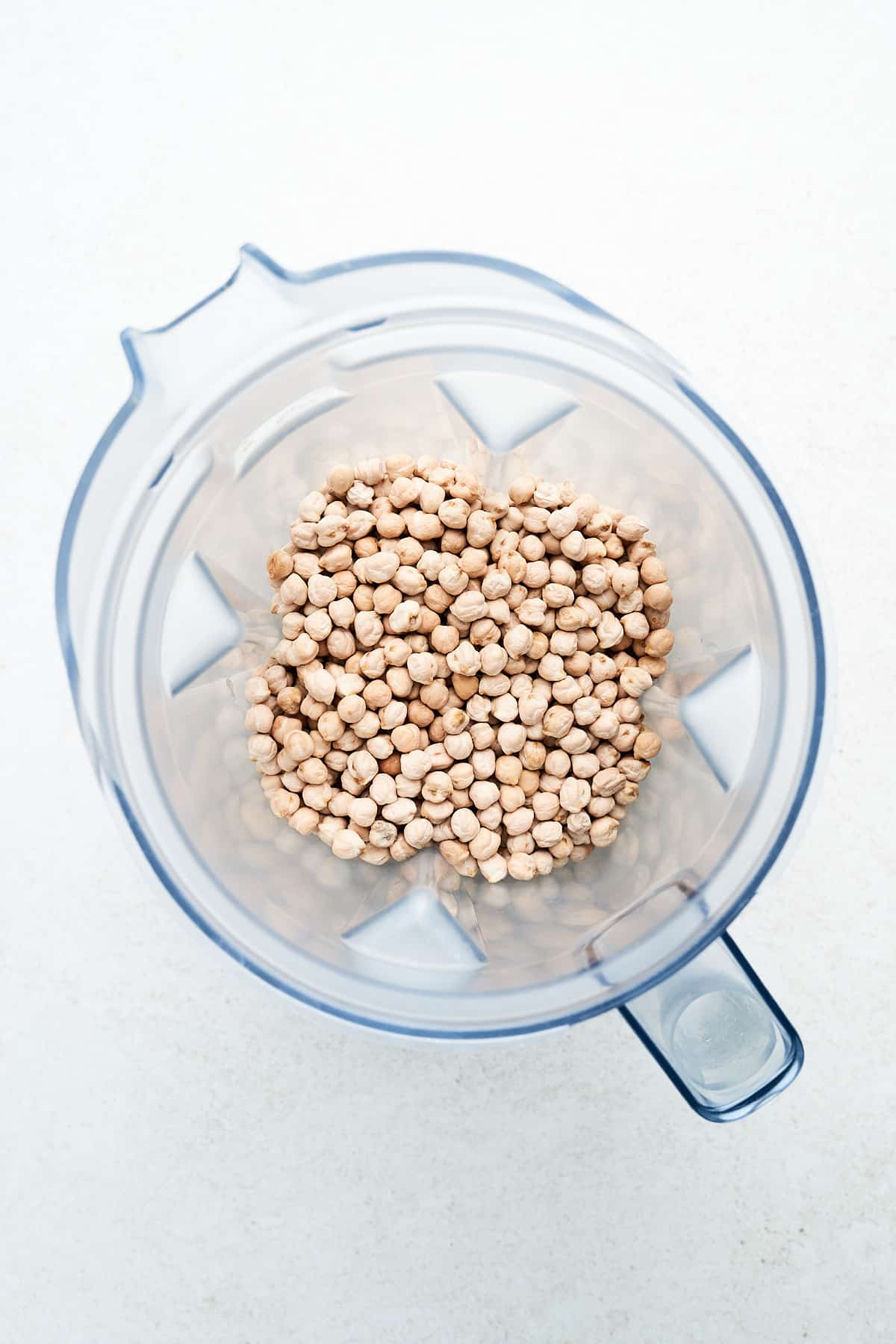
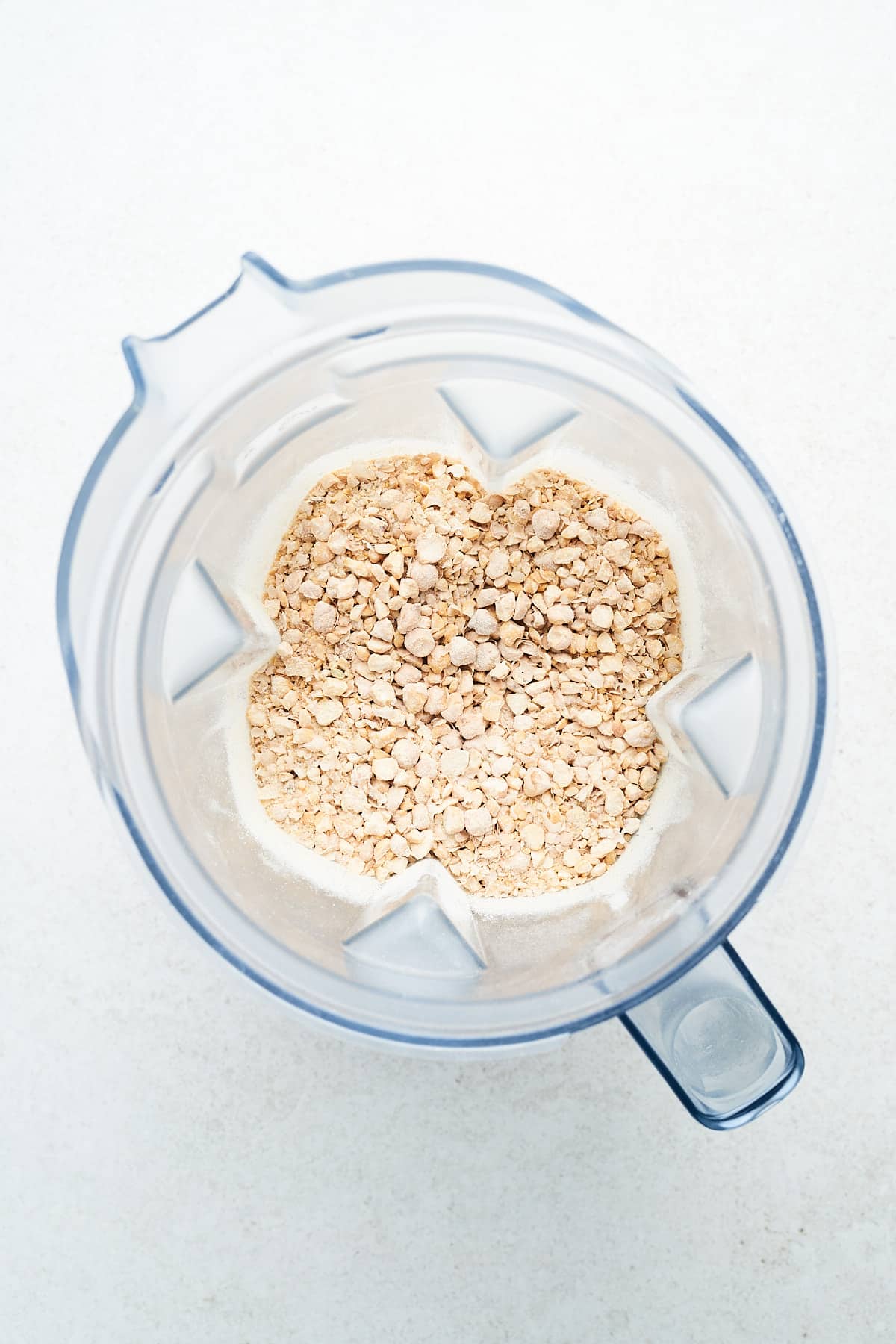
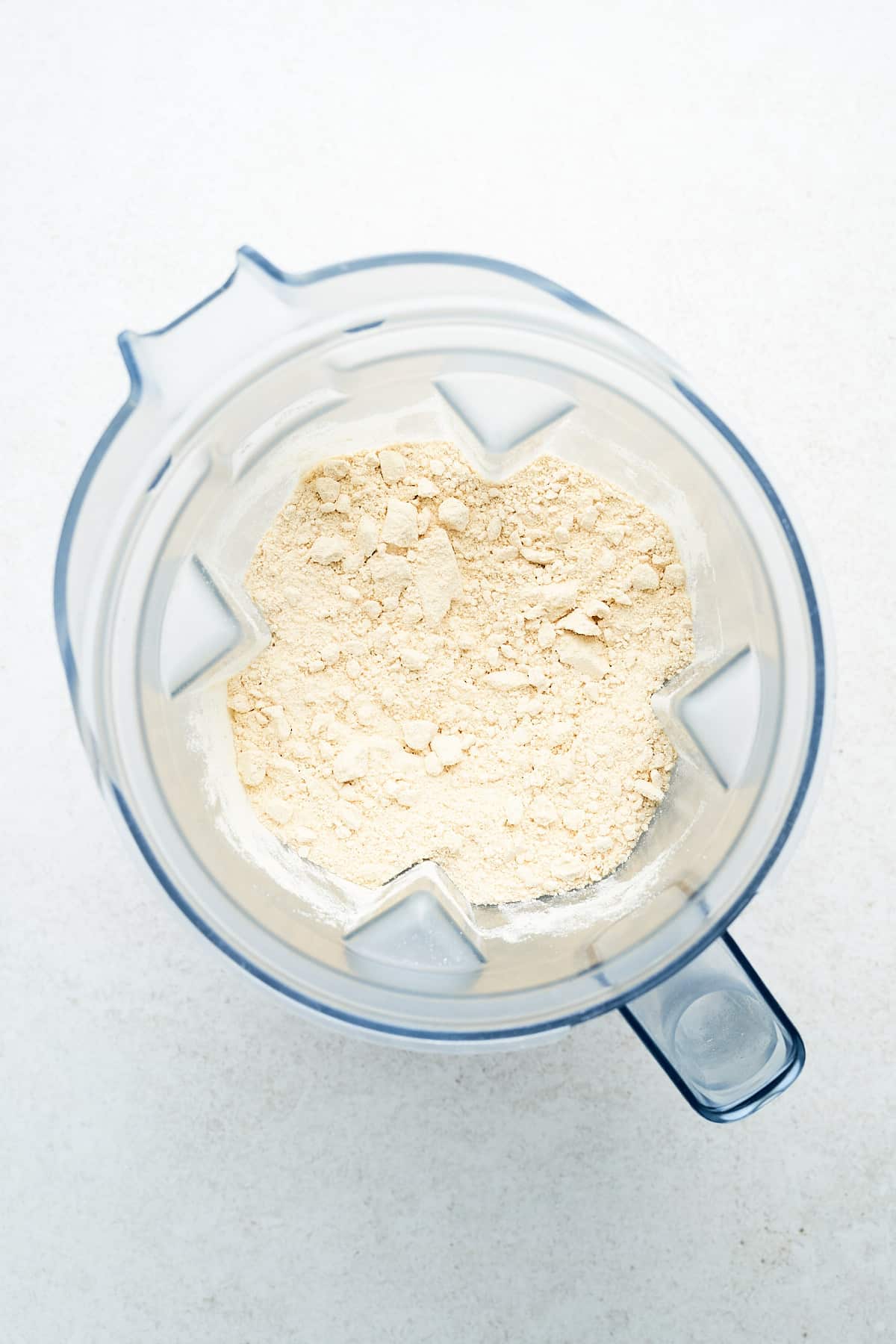
Step 2: Sieve
Now, it’s time for sieving! This is my secret to removing any larger chickpea bits that weren’t ground down properly. Pass the flour through a fine-mesh sieve or a flour sifter and toss away any large bits. Now your chickpea flour is ready to go!
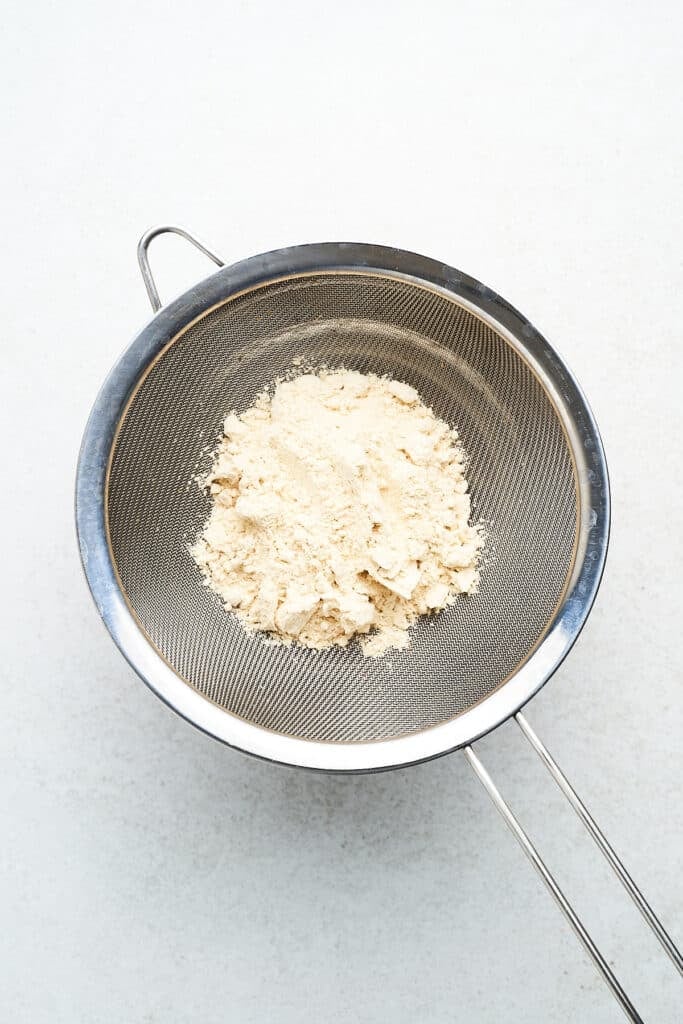
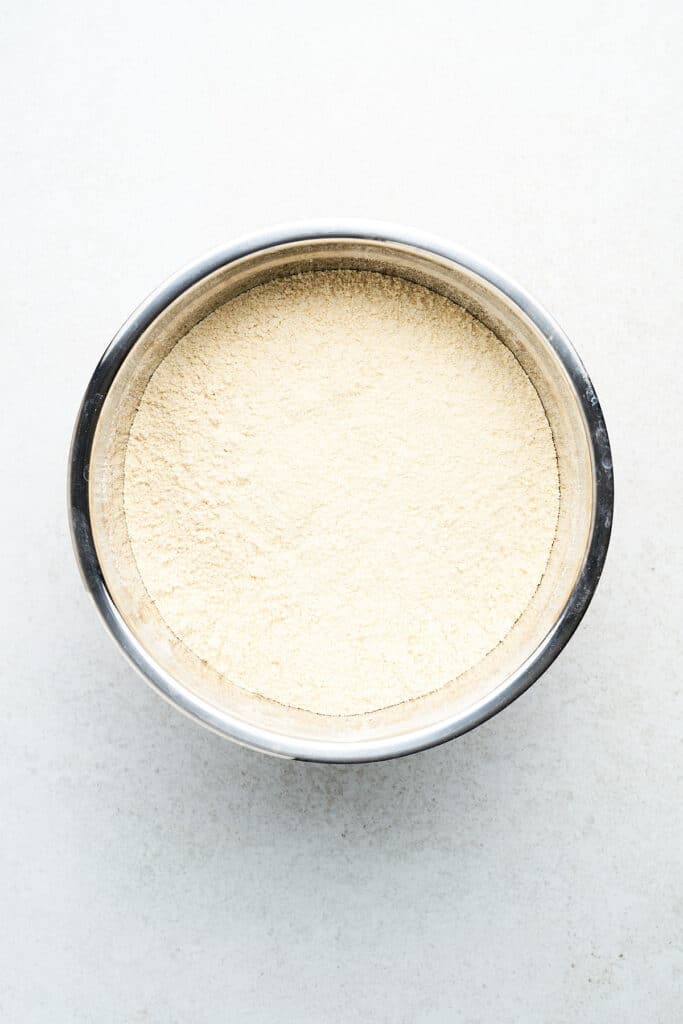
Top Tips for Making Chickpea Flour
- Blender: I always use a high-speed blender for making flour and you should too! It results in the finest consistency in just a few minutes. Anything like a Vitamix, Blendtec, or Ninja will do the trick.
- Batch size: I’ve learned the hard way not to overload my blender! Smaller batches always yield a more consistent grind. It only takes about 2 minutes, so definitely take the time to blend your chickpeas in batches.
- Rest: Since chickpeas are a bit hard on the blender, it’s best to give it a little rest between grinding. This really prevents it from overheating.
- Sift: Sifting helps remove any large pieces that haven’t been fully ground. This helps you achieve extra fine and smooth flour and prevents any lumps or graininess in recipes.
How To Store Chickpea Flour
The good news is that chickpea flour lasts a long time. If you have any leftovers, here’s what to do:
- Room temperature: Transfer the finished flour to an airtight container like a mason jar and store it in a cool, dark place, for up to 3 months.
- Fridge: Keeping your chickpea flour in the fridge helps maintain its freshness and slows the oxidation process. This is especially helpful if you live in a warm or humid climate. If you store it in the fridge, you can expect about 5 months of shelf life.
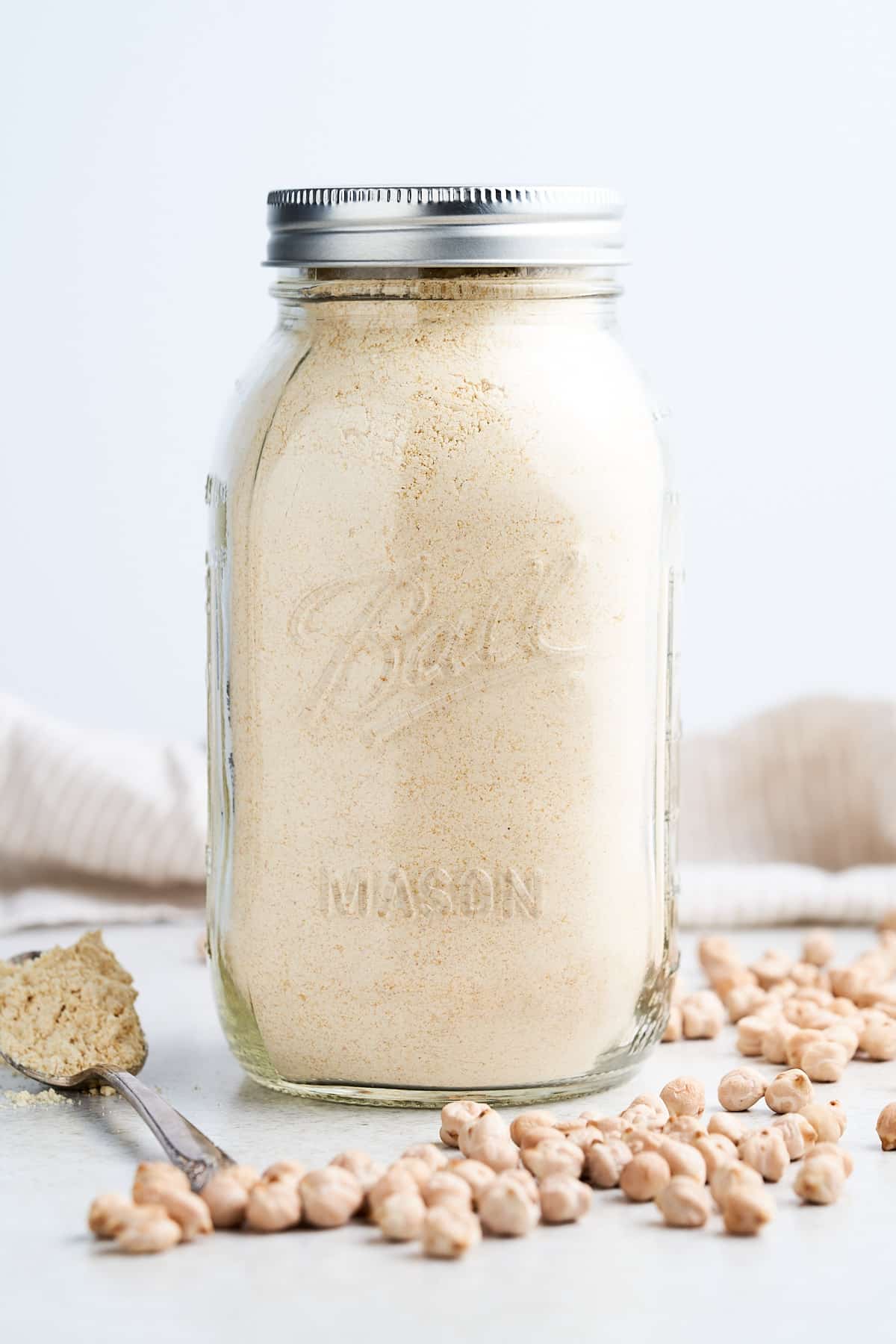
Chickpea Flour Recipes
If you’re stumped on how to use your chickpea flour, here are just a few of my favorite recipes:
If you’re new to seitan, check out our seitan 101 guide and how to make seitan post for more detailed information.
You can also use it for gluten-free baked goods like socca (a type of thin, unleavened pancake), vegan omelets, quick bread, pie crusts, muffins, and even brownies. Plus, let’s not forget crispy dishes like falafel or pakoras!
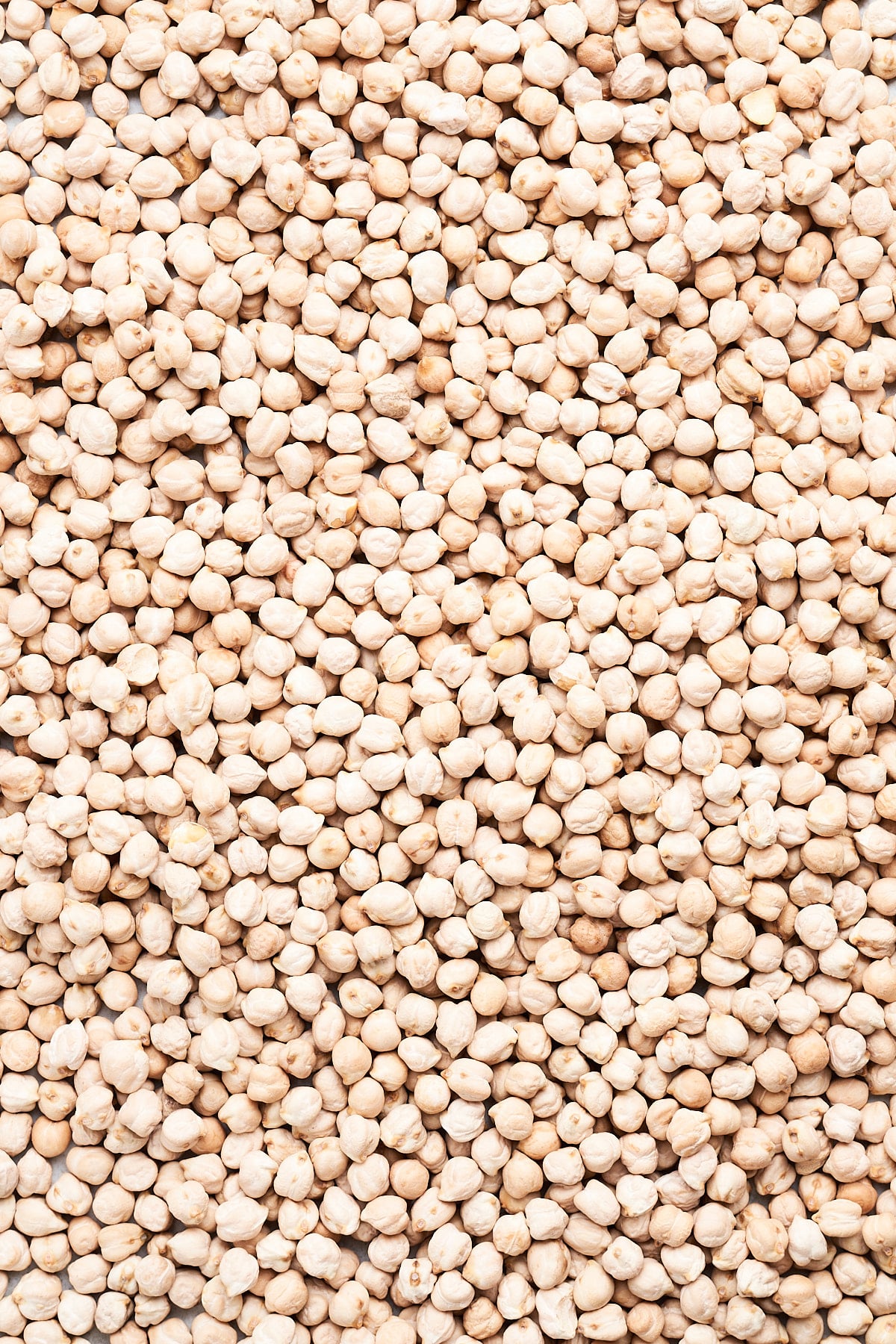
Chickpea Flour FAQs
No…sort of. Chickpea flour should be made with raw, dried chickpeas. Blending cooked chickpeas will result in hummus, but that’s not the worst thing that could happen! If you really want to use chickpeas from a can, they need to be baked until they’re completely dried out to remove all moisture from the chickpeas.
Yes, chickpea flour is naturally gluten-free since it’s made exclusively from garbanzo beans. Not only is it gluten-free but it’s also high in protein, fiber, and many other important nutrients.
Raw chickpea flour has a subtle sourness or unpleasant flavor to some. However, once it’s cooked or baked the flour loses its potent flavor and blends perfectly into both savory and sweet dishes.
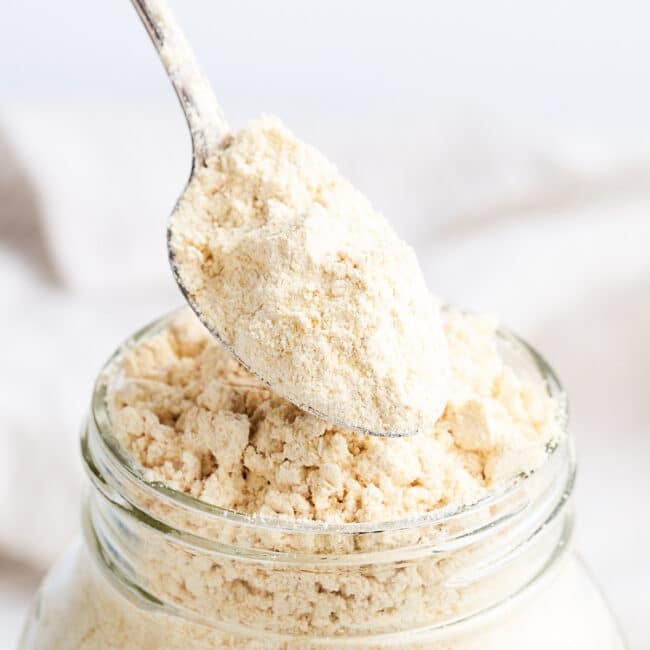
Ingredients
- 2-3 cups chickpeas dried
Instructions
- Blitz: Add the chickpeas to a high-speed blender or food processor. Blend them for about 2 minutes until you have a fine powder. You may have to pause throughout to stir to make sure all the chickpeas are evenly ground.
- Sieve: Pass the flour through a fine-mesh sieve or a flour sifter and toss away any large bits. Transfer the chickpea flour to a mason jar for storage or use it immediately in your favorite recipes.
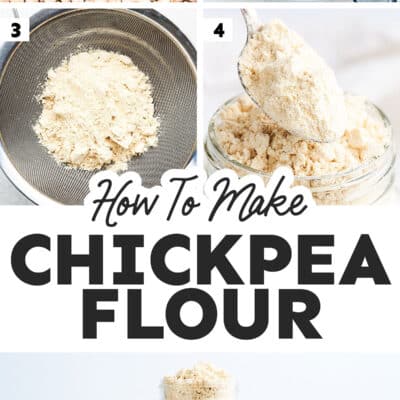
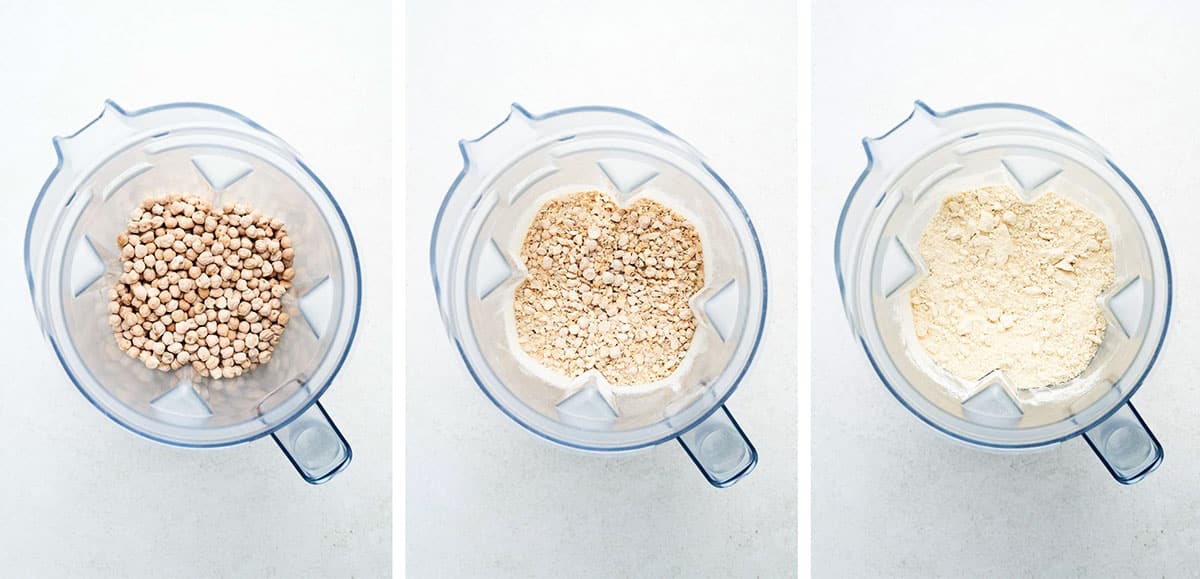
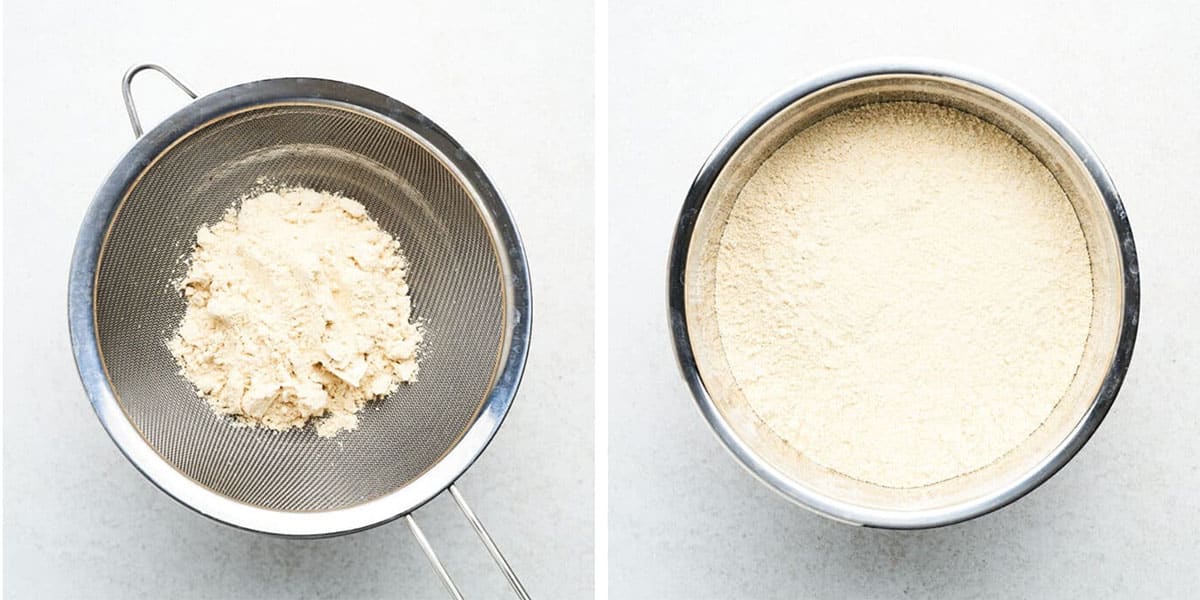
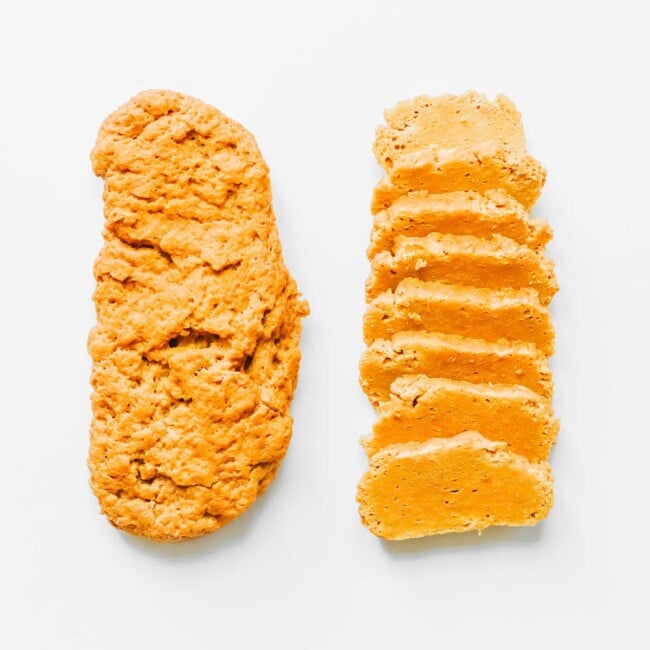
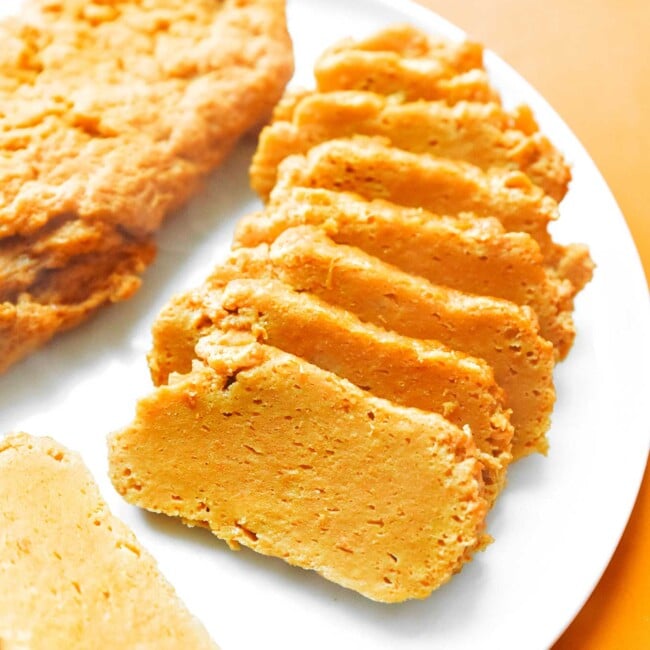
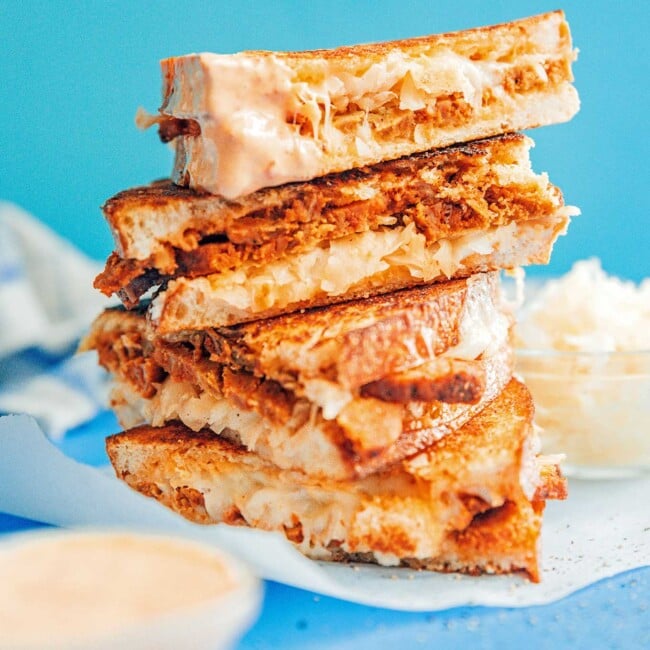
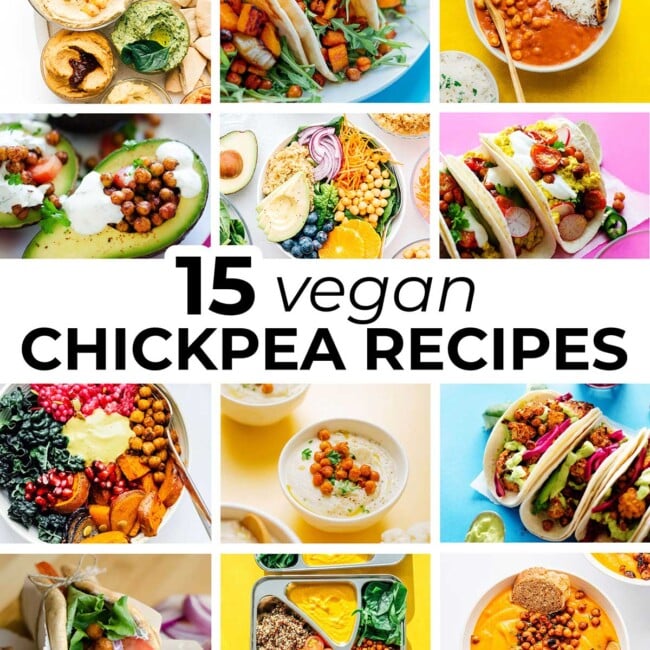
Ivan says
Start the blender slowly, I once broke a Vitamix pitcher doing this.
Sarah Bond says
Thanks for the tip, Ivan! So sorry this happened to you!